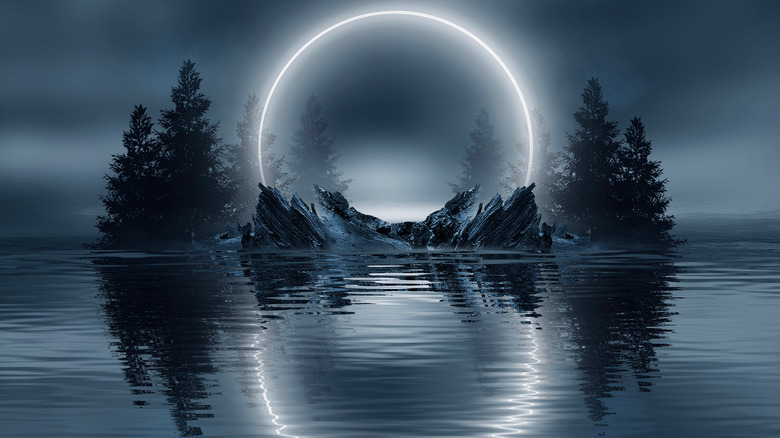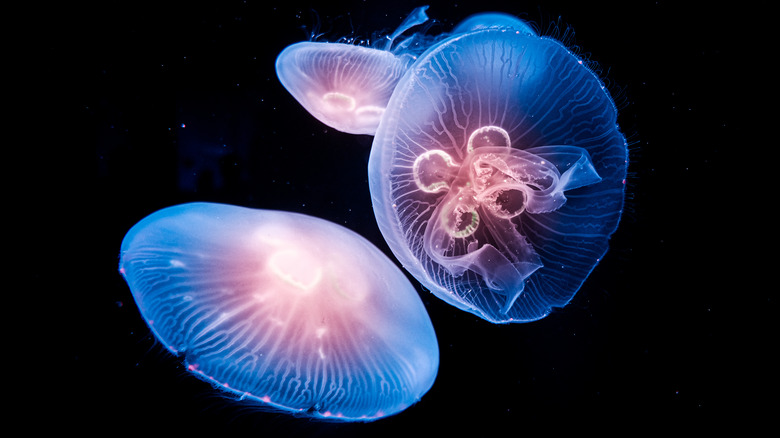The Real-Life 'Twilight Zone' Explained
If you're a classic TV enthusiast, you might have heard of "The Twilight Zone." A prelude to modern-day classics like "Black Mirror" (via Screen Rant), "The Twilight Zone" did an exceptional job of blurring the lines between this world and worlds beyond. As a vintage television program, the show was rich in mysteries, oddities, and a sense of the surreal. It called into question everything we thought we knew about everyday life.
What adventure enthusiasts and classic TV lovers alike might not know, however, is that there is a real-life twilight zone (via Nature) out there and ready to explore. Much like the TV show, it emits a sense of otherworldliness. This layer of sea that separates the sunlit ocean surface from the deep, dark space below is quite the mystery. To journey to this intriguing destination, one need only shimmy 200-1,000 meters beneath the sea. Here, you will find yourself in a "dimension as vast as space and as timeless as infinity." Cue theme song music.
The Twilight Zone is lit by creatures and home to Earth's greatest migration
When you picture Earth's greatest migration, the thing that most likely comes to mind is flocks of feathered birds or perhaps monarch butterflies. Fascinatingly, if that's what you've pictured, you are wrong. According to Vox, oceanographers claim that the world's most vast mass migration is happening underfoot, not overhead. In fact, there are so many maritime critters migrating within this layer of the sea that scientists previously mistook them as the ocean's floor.
This twilight zone is home to the dreaded zooids, individual cell clones that connect themselves together to become the longest creature on the planet (via Ocean Twilight Zone). It's the dwelling space of the anglerfish whose long, transparent teeth are the stuff of nightmares, and the newly discovered faceless fish (via Smithsonian Magazine), which looks exactly the way you are envisioning him. It's a place where translucent plankton (via ABC) are devoured by glow-in-the-dark sharks (via Mongabay). Here, comb jellyfish float by, lighting the way by omitting trails of rainbow-like prisms (via Ocean).
This place is so abundant with bioluminescent sea creatures that it creates its own light from their bodies. Scientifically, this location is known as the Mesopelagic Zone (via Britannica); but you can just call it the region that exists someplace "between science and superstition."

